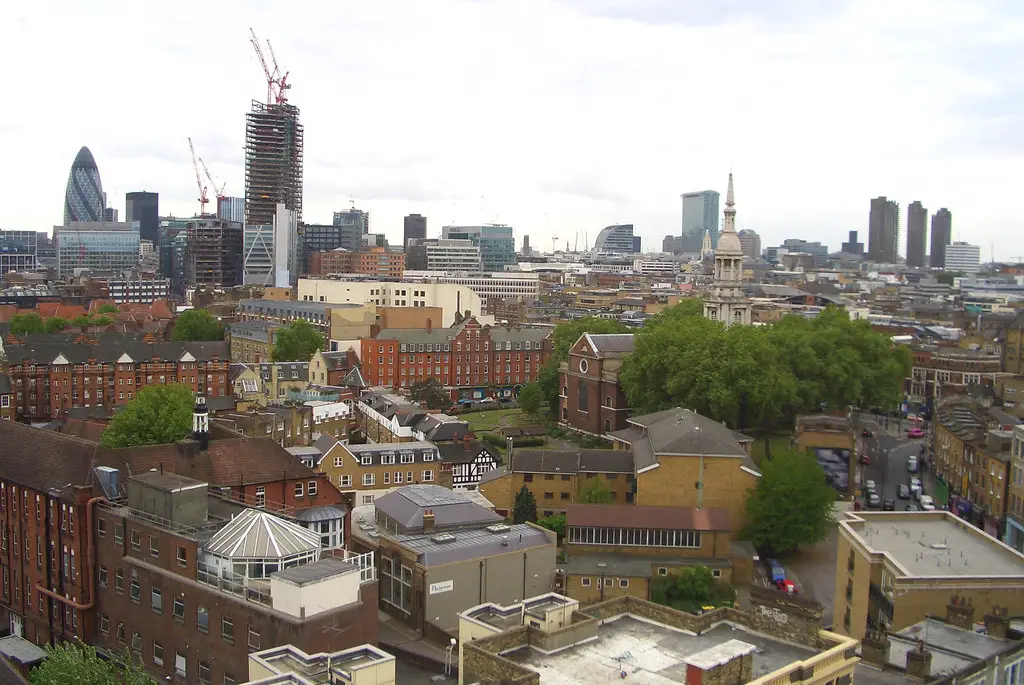Adam Ferguson wrote one of the most thorough essays on the history of civil society almost two hundred fifty years ago. But since then, there has been an ever growing ideological dispute about what we consider ‘civil society’; if it is different from the society in general terms; who conforms the civil society and who are they talking on behalf of; who and how to elect them; what are they negotiating and what are their limits, among other conceptual issues.
The reality shows us that civil society is easily related with institutions like nonprofit organizations, worker’s unions, and pressure groups. Nonetheless, civil society doesn’t need, in theory, to be a well defined organizational structure nor represent any concrete political idea because, as Ferguson said, there will always be a principle of union and solidarity among mankind.

Solidarity is the principle behind a recent community project seen in Bogotá, with a group of graduated students not only demonstrating the veracity of Ferguson’s principle, but making us realize how civil society can help to improve road safety conditions, especially when there’s lack of strong and committed public institutions.
The Combo 2600 collective (a name which references a slogan highlighting Bogotá’s proximity to the stars – the city is 2.600 meters above sea level) is the pure demonstration of social willingness and commitment to a cause.

This collective decided to take civil action by painting (and repainting, when needed) zebra crossings in different colors to help to protect pedestrians from motorized vehicles, while at the same time improving the street atmosphere. They have also called the attention of other citizens and the municipal government – the institution which should be in charge of maintaining safe road infrastructure in our city.
When asked why they do it, the Combo 2600 openly respond:
“To dignify and prioritize pedestrian citizens; to prove that little changes are determinant in changing social behavior, and because it’s also a matter of citizen responsibility and civil participation.”
A great example of a group united by beliefs that aim to create a better city for all of us.
Andrés Jara-Moreno is a Political scientist specializing in international relations and conflict resolution.


